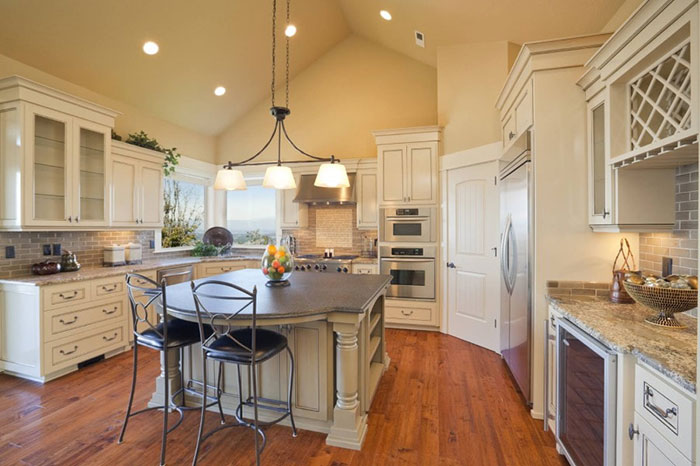3 things to consider when GIB stopping in summers

Have you ever GIB stopped your house in summer and found it coming apart? Well, you aren’t the only one. This is fairly common in all houses in the summer season. The reason for this is the high water loss during these months. On average, it takes around 90 minutes for the set compound to dry. However, when the temperatures are too high, the water needed for the drying process may not be present, making GIB stopping ineffective.
Aucklanders often face this issue in the months of December, January, and February. While it is not entirely unavoidable in the summer season, there are a few things you need to know about GIB stopping in Auckland during the summer.
Square stopping below the roof cavity
So, you want to apply GIB stopping below the roof cavity and make it take the shape of a square to ensure the ceiling board is not exposed to a hot ceiling cavity. Well, in summers, it can be a challenge, given the temperatures and setting time.
What can you do in this case? The solution here is to schedule GIB stopping first thing in the morning. If the temperature of the day is above 20 degrees, use a compound that sets quickly and if below 20, then go for a compound that sets in 45 minutes.
Stopping the garage ceiling
While considering square stopping below the roof cavity, you may also want to GIB stop the garage ceiling beneath the cavity, as well. However, the issue during summers is that later in the day, the temperatures can reach up to 65 degrees in the roof cavity. This heats the board joint surface way above the ambient levels.
What can you do? Schedule the taping coat first thing in the morning. If it’s a hot day, go for a 45-minute set time compounds.
Stopping apex joints and raking ceilings
Finally, when stopping apex joints and raking ceilings, you may find yourself pitted against the roofing material with the proximity. Moreover, the temperatures may also rise excessively due to a lack of air gaps.
What can you do? Just like for the other two situations, schedule the stopping early in the morning to encounter lower and more favourable temperatures. Furthermore, go for shorter set compounds to ensure quick drying, as apexes, especially, will be exposed to higher temperatures of the roof cavity.
Conclusion
GIB stopping ensures a great finish in the house. However, when remodelling or constructing during summers, this process can be rather challenging. This is due to the rising temperatures and the evaporation of water it causes, affecting the dry time. The easy fix to this issue is to schedule stopping first thing in the morning to work in lower temperatures.





